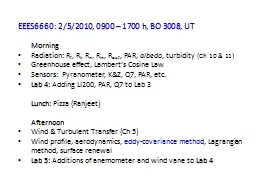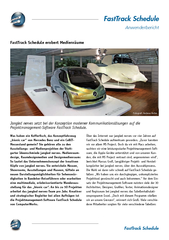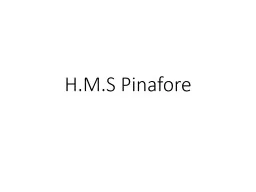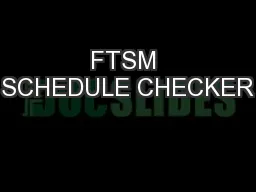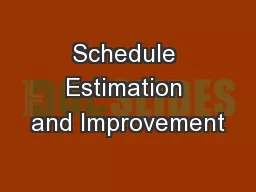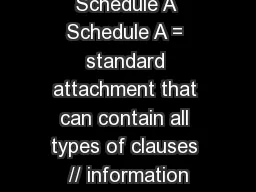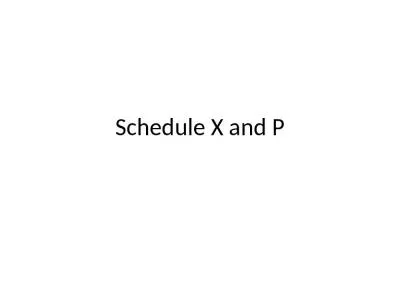PPT-Schedule 08/31/17 (Lecture #1)
Author : liane-varnes | Published Date : 2018-10-28
090517 Lecture 2 090717 Lecture 3 091217 400 1830 h Lecture 45 091417 Lecture 6 radiation 092117 Lecture 7 radiation lab amp New EC tower 092617 400 1830
Presentation Embed Code
Download Presentation
Download Presentation The PPT/PDF document "Schedule 08/31/17 (Lecture #1)" is the property of its rightful owner. Permission is granted to download and print the materials on this website for personal, non-commercial use only, and to display it on your personal computer provided you do not modify the materials and that you retain all copyright notices contained in the materials. By downloading content from our website, you accept the terms of this agreement.
Schedule 08/31/17 (Lecture #1): Transcript
Download Rules Of Document
"Schedule 08/31/17 (Lecture #1)"The content belongs to its owner. You may download and print it for personal use, without modification, and keep all copyright notices. By downloading, you agree to these terms.
Related Documents

